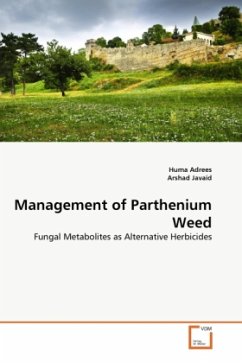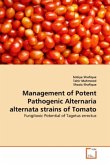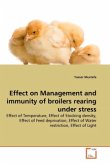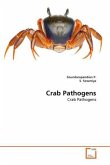Parthenium (Parthenium hysterophorus L.) is a noxious weed due to its potential to decrease the crop productivity,biodiversity depletion and health problems for livestock and human causing hay fever, skin problems and asthma. Some synthetic chemical herbicides such as chlorimuron ethyl, glyphosate, atrazine, ametryn, bromoxynil and metasulfuron are known to be very effective in controlling this weed. However, increasing public concern on environmental issues requires alternative weed management systems, which are less pesticide dependant or based on naturally occurring compounds. To solve these problems, it is necessary to develop sustainable weed management systems that may reduce herbicide dependency. The present study was carried out to investigate the herbicidal potential of cultural filtrates of some native fungal pathogens. It concludes that cultural filtrates of Alternaria alternata and Fusarium solani contain herbicidal constituents for the management of parthenium weed. This book is very useful for those who are engaged in identifying environmental friendly alternatives of synthetic chemical herbicides for the management of weeds.
Bitte wählen Sie Ihr Anliegen aus.
Rechnungen
Retourenschein anfordern
Bestellstatus
Storno








